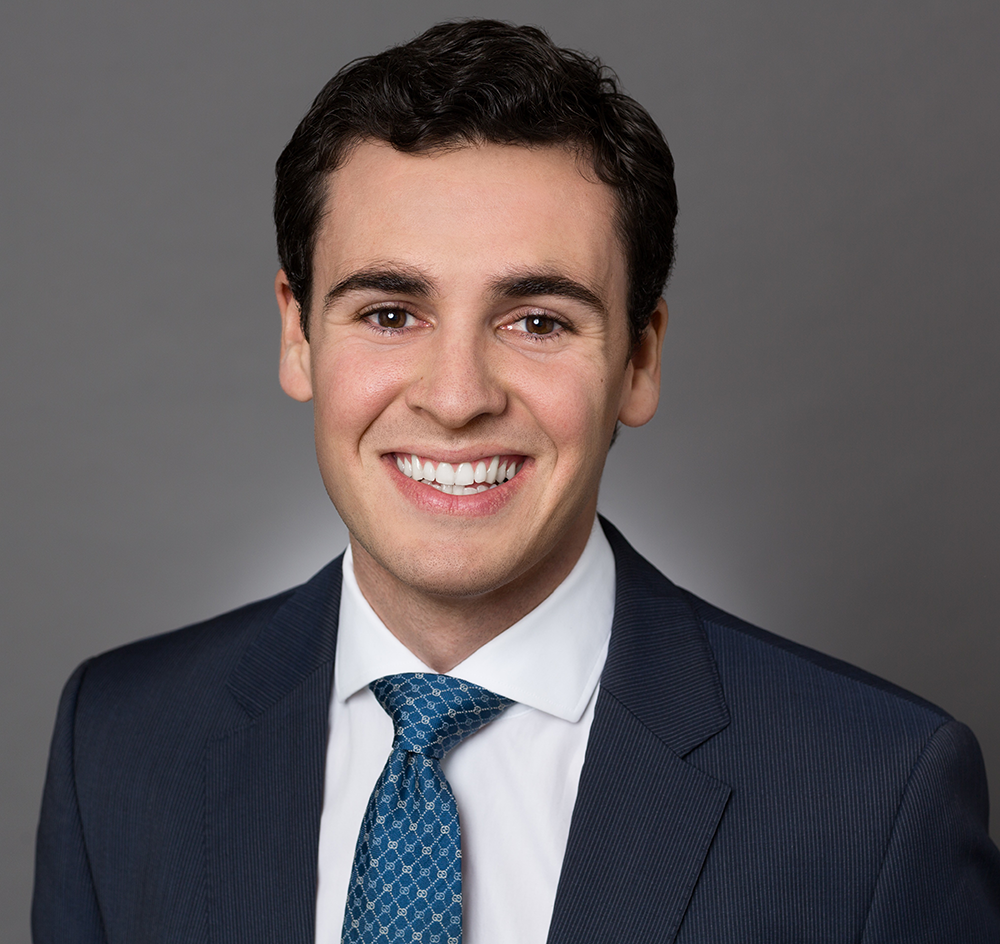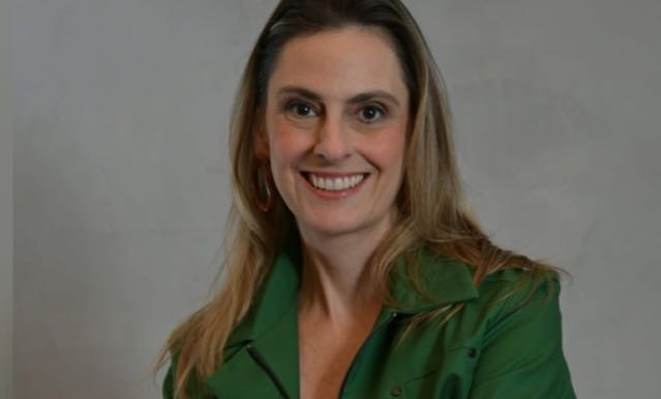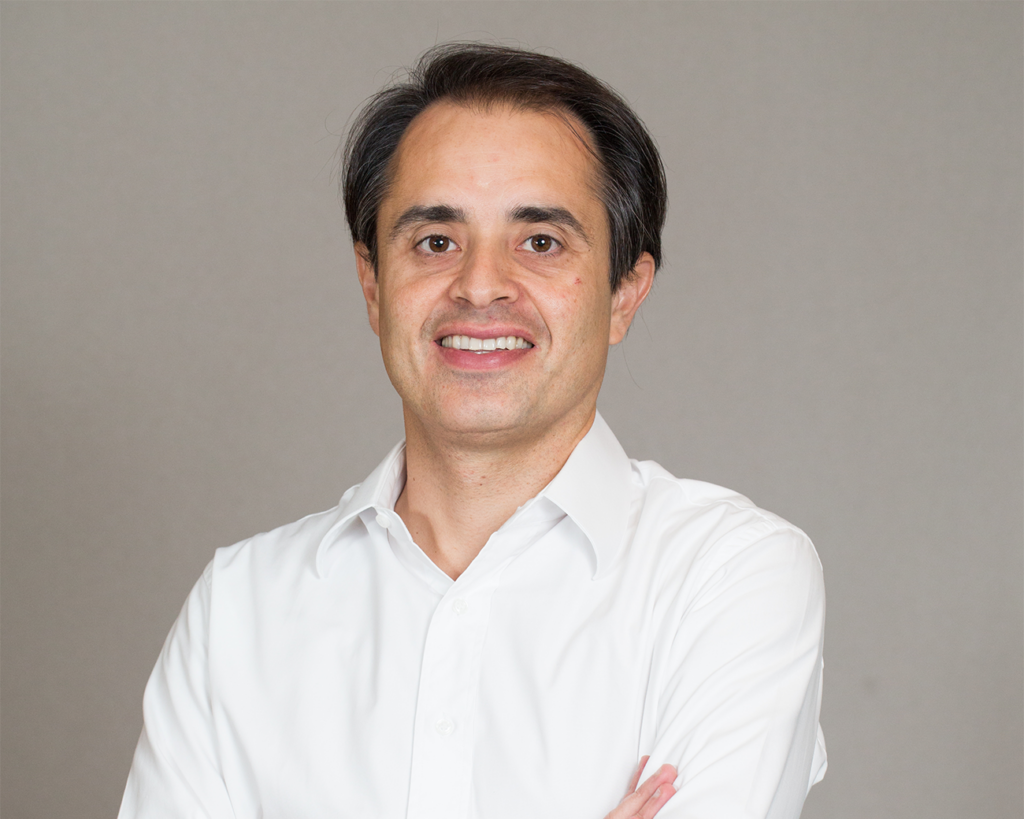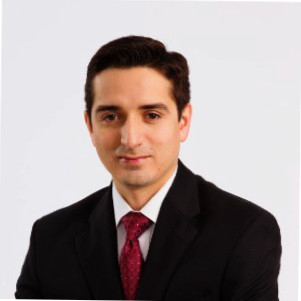LP Profiles, Member Profiles
Iñigo Garcia Gordobil, Investment Director, Private Equity, Cambridge Associates
22 September 2016

LAVCA: Cambridge Associates interacts with institutional investors in various capacities. How does your role as Investment Director fit within the organization and how does Cambridge engage with fund managers in a limited partner capacity.
Gordobil: Cambridge Associates (CA) is a global investment firm that builds customized investment portfolios for institutional investors and private clients around the world. Our various capacities include the range of services that span outsourced investment (OCIO) solutions, consulting services, and access to research and tools across global asset classes.
I lead CA’s Latin America private equity and venture capital research team. In my role I identify and evaluate investment opportunities for our clients across Latin America, as well as monitor the region’s market environment.
LAVCA: What is your AUM? Roughly what percentage of your portfolio do you allocate to emerging markets private equity? To Latin America specifically? Will this change going forward?
Gordobil: Our assets under advisement (AUA) is over US$150b, which includes our discretionary and advisory clients. Our clients have made about US$2.4b in total commitments to private investment funds with a Latin American-focused strategy, and nearly US$1.8b specifically in private equity. CA has always advised clients to consider opportunities on a global basis, including Latin America.
LAVCA: What challenges and opportunities do you see in Latin America specifically, given the current market environment?
Gordobil: Despite some of the recent economic woes, most noticeably in Brazil, and an overall slower growth trajectory in countries like Peru and Colombia, it’s possible to find interesting opportunities in sectors that benefit from the growth in the middle-class population and are growing faster than the overall economy. It is important to keep in mind that the Latin American middle class is on course to represent 40% of the region’s population by 2030. This demographic is increasingly demanding higher-quality products and services.
It is important to keep in mind that the Latin American middle class is on course to represent 40% of the region’s population by 2030. This demographic is increasingly demanding higher-quality products and services.
International investors should remain cautious of geopolitical dynamics and exchange rate uncertainty. The biggest challenge is that historical returns for non-local investors have been severely impacted by currency devaluations. The ability for an investor to tolerate this uncertainty and build a diversified portfolio is critical given the difficulties of hedging private equity investments.
LAVCA: What sectors do you find most attractive given the current market environment?
Gordobil: We like sectors that offer direct exposure to companies delivering products and services that address the region’s growing middle class as well as the region’s inefficiencies—such as healthcare, consumer-related services, technology, logistics/distribution, and agribusiness. These sectors are significantly underrepresented in public markets across the region, and more importantly, benefit from long term structural growth trends, growing at a rate well above the overall economy.
In addition, for the most part, these sectors suffer from a lack of professionalization, fragmentation, and under-penetration, presenting private equity and venture capital managers with very real opportunities to capture market share.
LAVCA: How do you see LP appetite for LatAm? What kinds of LPs do you think are open to increasing exposure to LatAm?
Gordobil: The region offers a maturing private investment ecosystem, a large pool of small- and mid-sized companies, and attractive valuations relative to historical averages, indicating potentially favorable investment dynamics. But international LP appetite for the region is mixed. On one hand, investors recognize the attractiveness of PE/VC relative to public markets due to specific sector exposure on offer. On the other hand, investors are uncertain about the region’s prospects given an overall slowdown in growth and geopolitical uncertainties. However, Mexico, Peru, Colombia, and Chile have generally demonstrated much-needed stability in recent years. Exchange rate volatility also continues to be a major impediment for international LPs.
The region offers a maturing private investment ecosystem, a large pool of small- and mid-sized companies, and attractive valuations relative to historical averages, indicating potentially favorable investment dynamics.
Typically, LPs with well-established and diversified programs are open to increasing exposure to Latin America, particularly because they have a longer and better perspective of the opportunities and risks of investing in the region.
LAVCA: How do you view working with regional fund managers as compared to country-specific managers?
Gordobil: There is no difference in the way we engage with regional managers versus country-specific managers in Latin America. CA’s investment process is a bottoms-up exercise. We believe the due diligence process of selecting and partnering with managers based on their strategies and capabilities is the best way to generate attractive returns long term – whether they’re regional or country-specific.
LAVCA: How do you go about finding and selecting the best fund managers? Will you invest in a first-time fund?
Gordobil: CA employs a comprehensive due diligence and manager selection process. In 2015 alone, we conducted more than 2,000 private investments meetings and conference calls with managers around the world, providing our investment teams with an understanding of the global market and the managers operating in it.
We focus on achieving a thorough understanding of an investment manager’s organization, team, strategy, and historical performance, all of which we further validate at the time of fundraising. We also have a rigorous operational due diligence process, evaluating elements such as strength of the back office, risk management, compliance, fund expenses, and more.
CA is supportive of first-time funds, and we closely monitor spinouts and carve-outs from established firms. According to CA data, roughly 50% of the top 10 performing U.S. PE/VC funds across all vintages since 1995 have been emerging funds (Fund I or Fund II). We believe this may be a consistent pattern across all regions of the world, including Latin America, and as such we pay close attention to new firms. However, in an environment of significant volatility, a team with successful investment experience across cycles is particularly important, and we would seek teams with relevant and extensive backgrounds.
[I]n an environment of significant volatility, a team with successful investment experience across cycles is particularly important..
LAVCA: Have you committed to venture in LatAm? What is your perspective on Tech/VC prospects in the region?
Gordobil: Our clients participated in Latin American venture capital when it first emerged as an institutional strategy in the 1990s and have continued to consider opportunities across the region in the current environment.
Given Latin America’s potential for technological and efficiency improvements on the B2B side, as well as increased penetration of credit cards and smartphones on the B2C side, the tech space should not be ignored. In fact, we have seen a growing number of institutional-quality venture capital firms that could offer differentiated and attractive exposure to the region. Many venture-backed companies have also been able to attract international capital for expansion rounds, which speaks to a healthy and growing ecosystem.
LAVCA: What role does ESG play in your investment strategy and ultimately, the selection of fund managers?
Gordobil: We view ESG considerations as being integral to the investment process, for risk management, value alignment and long-term value creation; this is especially true with family offices. We also believe ESG factors are relevant, material and worthy of careful assessment by investment managers. Data analysis on how and to what degree these factors affect performance is still, however, evolving. Investors are beginning to realize that these factors can affect long-term performance, presenting both opportunity and risk.
We also recognize that the integration of ESG is not limited to self-identified ESG managers, so we’ve expanded our due diligence processes to incorporate ESG questions into our evaluation of all managers on our research platform.
LAVCA: What is your advice to fund managers interested in approaching Cambridge Associates as an investor?
Gordobil: Our manager research team of nearly 130 staff globally is focused on building long-term relationships with fund managers – new, emerging, and established – and building these relationships takes time. First we like to meet managers well in advance of fundraising to allow us to become progressively more familiar with teams, strategies, and portfolios over time. Similarly, transparency and unrestricted communication are critical, which means we ask managers to regularly and openly share detailed information, including past performance, with us.
[I]t is important to consider that over the past five years, returns in local currency have been largely positive, which speaks to managers’ abilities to generate value despite the difficult economic environment.
LAVCA: What is your take on the current state of private equity investment in Latin America? What changes do you feel are most important for the region in order to strengthen the industry locally and its perception by global investors?
Gordobil: The state of Latin American private equity appears promising despite the perception of negative impact from sustained political risk (largely in Brazil) and the lack of strong absolute performance as measured in USD. Yet, it is important to consider that over the past five years, returns in local currency have been largely positive, which speaks to managers’ abilities to generate value despite the difficult economic environment. Moreover, CA data indicates that Latin American private equity pooled returns have largely outperformed Latin America’s public markets over the last ten years.
You may be interested in...
-

Luciana Antonini Ribeiro, eB Capital
Executive: Luciana Antonini Ribeiro, Co-Founder and CIO Member Name: eB Capital Year...
-

Cristiano Gioia Lauretti, Kinea Private Equity
Member: Kinea Executive: Cristiano Gioia Lauretti, Head of Private Equity HQ: São...
-

Maria Pia Iannariello, MGM Innova Capital
LAVCA recently spoke with Maria Pia Iannariello, Co-Founder & COO of MGM Innova Capital,...
-

Rafael Ramirez, Portfolio Manager, Alaska Permanent Fund Corporation
LAVCA recently spoke with Rafael Ramirez, Portfolio Manager– Private Equity &...